Discover how AFM is revolutionizing industries by providing unparalleled insights into materials, biology, ...
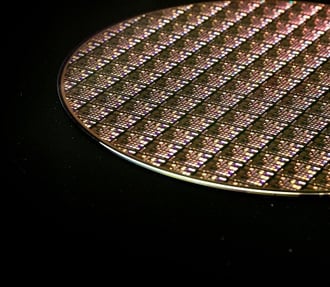
22.10.2024
The ultimate tool for nanoscale research from biological molecules to advanced new materials.
The versatile mid-range research AFM that grows with your demands in modes and accessories.
A compact affordable research AFM that is astoundingly easy to use, with more than 30 modes and options.
Fastest reliable sub-Angstrom surface roughness metrology.
Bringing the power of DriveAFM to a wafer metrology system purpose-built for the requirements of the semiconductor industry.
Measure roughness and other material properties of heavy and large samples up to 300 mm and 45 kg.
For unique requirements, we will design a bespoke AFM solution, leveraging our decades of engineering expertise.
Slide an AFM onto your upright optical microscope turret for a leap in resolution.
One of the smallest ever AFMs, created for integration into custom stages or existing setups.
A flexibly mountable research-grade scan head for integration into custom stages or existing set ups.
What is atomic force microscopy (AFM)? How does AFM work? What AFM modes do I really need? How do I get started with AFM?
Learn how AFM works with cantilever/tip assembly interacting with the sample. Explore CleanDrive technology, calibration methods, and feedback principles for precise nanoscale imaging.
An overview of common AFM modes. To learn about each mode in more detail and see application, view the full article.
We regularly publish detailed reviews providing practical guidance and theoretical background on various AFM applications.
Read detailed technical descriptions about selected AFM techniques and learn how to perform specific measurements on Nanosurf instruments.
A library of links to research papers in which Nanosurf instruments were used.
Learn AFM from our library of recorded webinars, covering different measurement techniques, modes, and areas of application.
Short video clips explaining how to perform different operations on Nanosurf instruments.
Watch a product demonstration to learn about the capabilities of our AFMs.
Short videos of our AFMs.
Browse news articles, press releases and a variety of other articles all around Nanosurf
Browse Héctor Corte-Léon's weekly experiments, for inspiration, entertainment, and to discover everyday applications of AFM.
In a world where technological advancements seem to happen at lightning speed, there's one unsung hero quietly revolutionizing multiple industries: Atomic Force Microscopy (AFM). Far from being just another piece of lab equipment, AFM is the “microscopic lens” through which we're zooming into the future.
Imagine having a tool so sensitive it can "feel" the surface of atoms. That's essentially what AFM does. Using a tiny cantilever with a sharp tip, AFM scans surfaces at the nanoscale, creating high-resolution 3D images. But it doesn't stop at imaging – AFM can measure mechanical properties of materials, making it like a Swiss Army knife for researchers and industry scientists alike.
In materials science, AFM is revolutionizing our understanding of surface properties and interactions. Researchers use it to study the elasticity and hardness of materials, from polymers to ceramics, at a nanoscale level. This has profound implications for developing stronger, lighter, and more durable materials for applications ranging from aerospace to consumer electronics. AFM also allows scientists to investigate surface defects and atomic-scale structures, providing crucial insights for optimizing manufacturing processes and enhancing material performance.
In life sciences, AFM's gentle touch makes it valuable for studying biological samples at high resolution. It can image the surface topography and map the nanomechanical properties of cells, single molecules or molecule assemblies, allowing researchers to observe details that are difficult or impossible to see with other microscopy techniques. By applying controlled forces, researchers can even study the folding and unfolding of proteins, providing insights into their function and behavior. This capability is accelerating our understanding of fundamental biological processes and contributing to advances in drug discovery.
Moreover, AFM's versatility extends to electrical measurements in materials science. It can map out the electrical properties of surfaces with nanometer precision, which is crucial for developing next-generation electronic devices. By providing a comprehensive view of a material's physical, mechanical, and electrical properties at the nanoscale, AFM is able to bridge the gap between the atomic world and the macroscopic realm we inhabit.
For further reading, Nanosurf’s AFM theory provides an in-depth explanation of how AFM and its various measurement modes work.
In the realm of biological research, AFM allows us to explore the very essence of life. Modern biological and pharmaceutical studies depend on understanding diseases at the cellular and molecular levels. AFM offers profound insights into the structural and mechanical properties of tissues, cells, biomolecule assemblies (such as cell membranes, collagen fibers, or amyloid fibrils), and even individual biomolecules like proteins and DNA, which are among the fundamental components of our bodies. Specialized AFM systems can reveal dynamic processes, such as the formation of protein assemblies or the interaction between proteins and DNA. One of the most promising applications of AFM in biology is cancer research. AFM not only observes cells but also “feels” their elasticity, enabling researchers to differentiate between healthy and cancerous cells which helps understanding cancer development, progression but also treatment. By comprehending these processes and their potential influences, AFM can revolutionize drug design and advance us towards more precise medicine.
As we zoom out from the world of biology and change our focus to electronic devices ubiquitous in our daily lives that have become central to our modern digital lifestyle, we find AFM playing a crucial role in the semiconductor industry. As our devices shrink while at the same time becoming more powerful and versatile, manufacturers face increasing challenges in production, quality control, and innovation. AFM's atomic-level precision is indispensable for ensuring the quality of modern chips, which now feature components smaller than 10 nanometers. But AFM's capabilities go beyond just surface imaging. It can probe the electrical properties of materials, making it an essential tool for developing next-generation electronics and failure analysis in quality control processes. With AFM, we're inching closer to the holy grail of miniaturization: single-atom transistors.
The impact of AFM also extends into the world of optics. In this field, AFM's precision is enabling the creation of metamaterials – synthetic materials with properties not found in nature. These could lead to the development of super lenses that surpass the diffraction limit of conventional lenses, potentially revolutionizing microscopy. AFM is also facilitating the creation of structures smaller than the wavelength of light, paving the way for groundbreaking augmented reality applications. These advancements are not just transforming the entertainment industry but are set to have a lasting impact across many sectors as virtual and real worlds increasingly merge.
The optics industry, central to numerous technologies from telescopes and microscopes to lasers and photographic lenses, has always been a realm where precision is paramount. Ensuring the quality of these components, especially their surface roughness, is an essential task, and it is here where AFM steps into the spotlight. Starting from quality control and failure analysis of everyday objects like spectacle lenses to applications where precise redirection of light or patterning of media with feature sizes smaller than the wavelength of light is crucial, AFM plays out its strengths of providing real and precise surface topography. Such techniques are indispensable for modern semiconductor production processes or are already enabling the creation of novel augmented reality applications, which will not only transform the entertainment industries but also have a lasting impact on many sectors as virtual and real worlds increasingly merge into one.
From the smart phone in your pocket to the breakthroughs in cancer research, AFM's invisible hand is shaping our world. It's not just a tool for scientists; it's the silent force propelling us into a future where we can manipulate matter at the atomic level. As we stand on the brink of technological revolutions in medicine, electronics, and optics, remember that somewhere, an atomic force microscope is zooming into the building blocks of our future.
The next time you use your smartphone or hear about a medical breakthrough, take a moment to appreciate the microscopic marvels making it all possible. In a world obsessed with the macro, AFM reminds us that the future often lies in the tiniest of details. So, let's keep zooming in – the future is closer than you think, and it's atomic. As we continue to push the boundaries of what's possible, AFM will undoubtedly continue to play a pivotal role in shaping the technologies of tomorrow, allowing us to see, understand, and manipulate our world in ways we once only dreamed of.

22.10.2024
Discover how AFM is revolutionizing industries by providing unparalleled insights into materials, biology, ...

09.09.2024
Explore Atomic Force Microscopy, Scanning Electron Microscopy, and Transmission Electron Microscopy in nanoscale ...
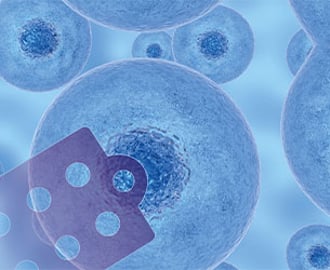
29.11.2023
Discover how Nanosurf and researchers improved FluidFM spring constant calibration for higher accuracy and reliability ...
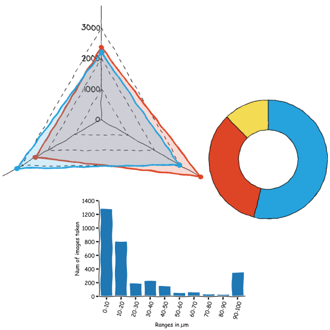
11.07.2024
FridayAFM: learn how to perform datamining on large sets of AFM data.
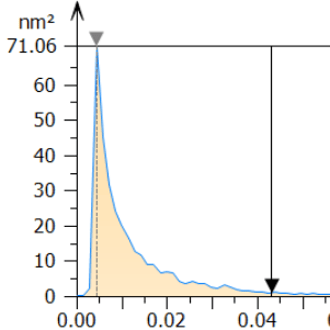
02.07.2024
FridayAFM: learn how to automatize data analysis in MountainsSPIP
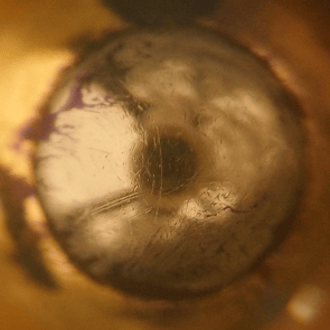
26.06.2024
FridayAFM: learn how AFM makes possible modern ball point pens.
Interested in learning more? If you have any questions, please reach out to us, and speak to an AFM expert.
